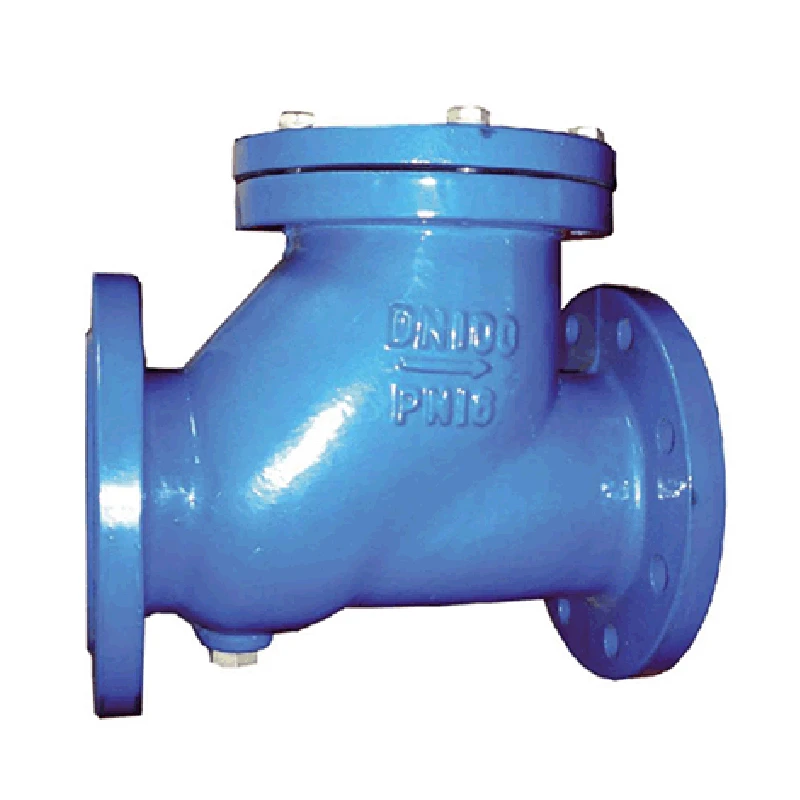Dec . 19, 2024 08:29 Back to list
Flow Regulation and Monitoring Valve for Enhanced System Performance
Understanding Flow Control Check Valves
Flow control check valves are essential components in hydraulic and pneumatic systems, ensuring that fluids or gases flow in one direction while preventing backflow. They play a critical role in maintaining system efficiency, safety, and reliability. This article explores the functionality, types, applications, and benefits of flow control check valves.
What is a Flow Control Check Valve?
A flow control check valve is a mechanical device that allows fluid to flow through it in one direction and effectively prevents it from flowing backward. The design of these valves incorporates a movable element, such as a ball or a disc, which is pressed against a seat by gravity or the fluid's pressure in the intended direction. If the flow attempts to reverse, the pressure forces the movable element against the seat, sealing the valve and stopping the backflow.
Types of Flow Control Check Valves
There are several types of flow control check valves, each suitable for different applications
1. Swing Check Valves These valves utilize a swinging disc that pivots on a hinge. They are simple and reliable for applications where a minimal pressure drop is desired.
2. Lift Check Valves This type features a disc that lifts off its seat when fluid flows in the right direction. They are commonly used in horizontal pipelines.
3. Spring Check Valves These valves incorporate a spring mechanism that holds the movable element in place until the forward flow takes over. They are effective in preventing backflow in low-pressure applications.
4. Diaphragm Check Valves These valves utilize a flexible diaphragm to create a seal. They are particularly useful in applications where fluid contamination is a concern, as they do not have any moving metal parts that could introduce impurities.
Applications of Flow Control Check Valves
Flow control check valves are prevalent in various industries, including
flow control check valve

- Water and Wastewater Treatment These valves are used to prevent backflow in pipelines, ensuring that treated water does not mix with untreated water or wastewater.
- Oil and Gas In hydrocarbon processing plants, check valves provide safety by preventing backflow and protecting equipment from pressure surges
.- HVAC Systems They are utilized to maintain proper airflow and prevent the backflow of refrigerants in heating and cooling systems.
- Pharmaceutical and Food Industries Ensuring the purity of fluids is crucial in these sectors, and flow control check valves play a vital role in maintaining sanitary conditions.
Benefits of Using Flow Control Check Valves
1. Prevention of Backflow The primary function of these valves is to prevent backflow, protecting the integrity of systems and the products being transported.
2. Enhanced System Efficiency By allowing unidirectional flow, check valves help maintain pressure and flow rates, optimizing the efficiency of the entire system.
3. Safety By mitigating the risk of backpressure and potential leaks, flow control check valves enhance safety in various applications, reducing the chances of accidents in industrial processes.
4. Reduced Maintenance Costs Check valves often require minimal maintenance due to their simple design, which can lead to long-term savings in operational costs.
5. Versatility Flow control check valves can be made from various materials, allowing them to be tailored for specific applications, including corrosive environments or high-temperature processes.
Conclusion
Flow control check valves are critical components in many fluid control systems, offering reliable performance and safeguarding against backflow. Their various types provide tailored solutions for multiple applications, making them versatile and valuable in modern engineering and design. As industries continue to evolve and the demand for efficient fluid management grows, the importance of flow control check valves will remain integral to ensuring the safety and efficiency of these systems. Understanding their mechanics and applications allows engineers and technicians to make informed decisions when designing and maintaining fluid transport systems.
Share
-
Reliable Wafer Type Butterfly Valves for Every IndustryNewsJul.25,2025
-
Reliable Flow Control Begins with the Right Ball Check ValveNewsJul.25,2025
-
Precision Flow Control Starts with Quality ValvesNewsJul.25,2025
-
Industrial Flow Control ReliabilityNewsJul.25,2025
-
Engineered for Efficiency Gate Valves That Power Industrial PerformanceNewsJul.25,2025
-
Empowering Infrastructure Through Quality ManufacturingNewsJul.25,2025